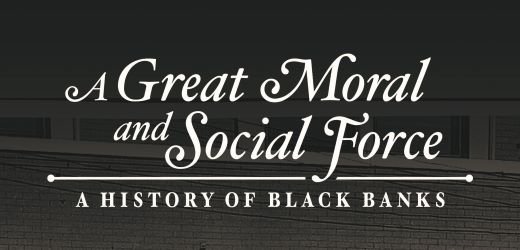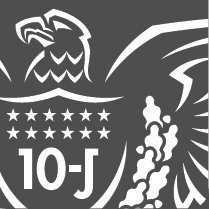Crenshaw (Grades 3-5, 6-8)
- This lesson will introduce students to challenges faced by those who live in poverty due to homelessness, unemployment and/or low-income jobs. Students will read the book Crenshaw about a boy who creates an imaginary friend to help him deal with difficult experiences in life.
The Night Worker (Grades PreK-1)
- This lesson, based on a children's story, will introduce students to productive resources related to certain jobs and how human capital helps workers perform their jobs. It also focuses on labor-based/trade jobs.
My Papi Has a Motorcycle (Grades 3-5)
- This lesson highlights the story of a little girl who celebrates the businesses and types of jobs in her community and how they have changed.
Those Shoes (Grades PK-2, 3-5)
- In this lesson, students listen to a story about a boy who wants a certain pair of shoes because his classmates have them. They learn that their tastes and preferences affect shopping decisions. Students conduct a class survey on shoe choices and graph their results as a final activity.
- This lesson introduces students to health care practices and services, as well as healthcare professions, including differences across geographic regions and income levels. It also exposes students to African culture and how concepts such as median income and standard of living intersect with economic conditions.
- After reading a reality-based story about an all-black Little League team, students will determine resources used in the production of baseball-related goods and complete comprehension and analysis-driven activities tied to key vocabulary covered within the lesson.
One Plastic Bag (Grades 3-5, 6-8)
- Students will listen to a story from the book One Plastic Bag, about an entrepreneur; watch a video about pollutants and distinguish between reducing, reusing and recycling; interpret data; and develop their own infographic.
Sweet Potato Pie (Grades 3-5)
- This lesson highlights the resources needed for a business and key information entrepreneurs should consider before starting a business. Through the story and activities, students will learn about division of labor and identify risks and rewards entrepreneurs may face when starting a business.
Twenty-two Cents: Muhammad Yunus and the Village Bank (Grades 9-12)
- In this lesson students will explore a wide array of economic concepts related to entrepreneurship, banking, poverty, and economic decision making through the story of Muhammad Yunus, the founder of Grameen Bank. Students will take a variety of perspectives regarding current banking practices in Bangladesh, engage in PACED decision making, analyze economic data, compare economic issues in Bangladesh and the United States, and craft hypotheses on how current banking practices came to be.
Black Women Business Startups (Middle/High School)
- Businesses owned by black women have experienced unprecedented growth over the past two decades. National data and interviews with black women business owners have been compiled in a report, video testimonials and an infographic.
Progress Through Parity: How Minority Banks Changed the Financial Landscape (High School)
- Students examine primary source documents and non-fictional reading about the history and unique role of the first Black-owned and operated financial institutions in the U.S.

The History of Black Banking: Books and Resources
A Great Moral and Social Force: A History of Black Banks
- A historical reference on Black community banks, and serves as a guide to help all Americans think differently about our relationships with banks. The goal of the latest volume of the Kansas City Fed's historical book series is to move across eras and examine some of the communities where banks played a dual role in establishing both economic opportunity and social equality. Learn more and download a digital copy or order a paper copy of the book.
Let Us Put Our Money Together: The Founding of America’s First Black Banks
- The history of America’s earliest African American banks is something that is not widely known. These banks served as an important source of credit while also offering innumerable other benefits to the consumers and communities that they served. Learn more and access the book.
- Let us Put our Money Together - Virtual Exhibit
- Let us Put Our Money Together - Lesson Plan
Professional Development Webinars for Educators
The Culture of Poverty: Its Effect on Youth Education
Investigate how socio-economic scarcity manifests in the lives and learning capacity of youth, as well as how support systems within the community and education system offer assistance, advocacy and programs to promote financial sustainability.
Connecting Students' Perspectives to Content
Learn about Federal Reserve System education resources that engage and benefit elementary and middle school students of all backgrounds. Discover resources and materials that can help cultivate a healthy learning environment for students. Targeted toward K-8 students, the lessons are suited to more than personal finance and economics courses including social studies, history, or geography classes.
